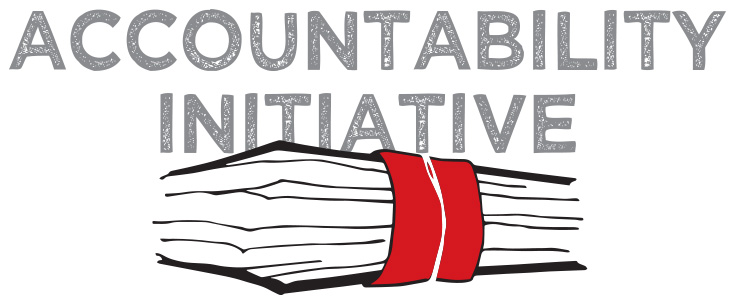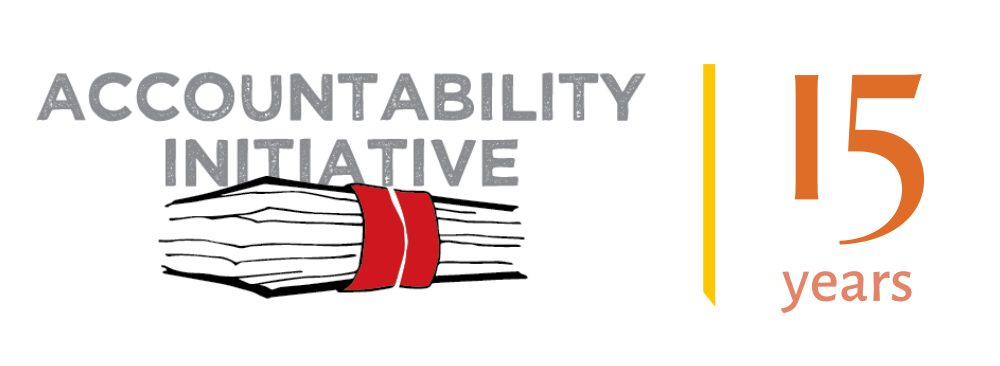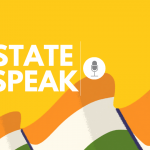
Grievance Redressal Mechanisms – The Ombudsman in Kerala
8 June 2010
An elderly man, standing beside his daughter, is yelling and waving his arms. “A tree is overhanging his property and polluting his pond” whispers my Malayalam translator. “He wants it removed, but the panchayat has done nothing”. The man pauses briefly before resuming his offensive. His embattled target is another elderly man, a retired high court judge – the Ombudsman of Kerala. He is here in the northern city of Kannur in Kerala for two days to hold sittings and hear grievances – though they are not all as colourful as this one.
The Ombudsman – literally, the people’s protector – is originally a Swedish institution which has since been adopted widely across the world. At its core, the Ombudsman is an office which dedicates itself to receiving, investigating and resolving citizen’s complaints against government. The intent is to create an independent and powerful check on government bodies – state bureaucracies, service providers, and other state institutions. To do this, the Swedish Ombudsman for instance most often issues simple requests to state institutions. The Swedish Ombudsman also has the power to act as a public prosecutor – he or she has the power to bring a case to the courts on behalf of those who submit complaints. However, this has rarely been necessary.
Other Ombudsmen have had a more turbulent relationship with the state. In the early 1990s, many Ombudsmen offices were created in Latin America. In many cases, simple requests were not enough to resolve grievances. Faced with indifference and occasionally outright hostility, the Latin American Ombudsmen more often used their “moral power” as public protectors of the people to force change. In Guatemala the Ombudsman denounced prominent politicians, and in Honduras the Ombudsman defended the right of the opposition to run for President. In some cases, the state responded with more hostility. Some Ombudsmen had their budgets slashed, or were simply replaced.
The Kerala Ombudsman represents a particularly Indian approach to the institution. It functions effectively like a court, albeit one where some rules of procedure are simplified. A citizen files a complaint and is given a date for a hearing at one of the Ombudsman’s sittings around the state. Once both parties are present at the hearing, they present their cases. The Ombudsman can then resolve the case if there appears to be a solution. Or, if he believes more information is necessary, he may order an investigation. In the case above, he might order the Deputy Director of panchayats to produce a report containing photos and measurements of the offending tree along with copies of the relevant building or pollution codes. At the next available sitting – which might be one month away, or much longer – the report will be presented and the Ombudsman will make a further decision.
Many of the complaints submitted to the Ombudsman are more serious than some dead branches in a pond. At the hearings I attended I saw cases regarding access to drinking water, non-payment of wages, construction of public toilets, land encroachment, unlawful construction, false entry in muster rolls for NREGA works, the allocation of houses designated for the poor, pollution from various industries, and the behaviour of commissions under control of a panchayat.
Unfortunately the Kerala Ombudsman has not received the support it needs from the state government. Since 2001 the Ombudsman has requested funds for an independent investigative team, and the government has consistently ignored this and other requests. As it stands, the Ombudsman must rely on local officials – usually the Deputy Director of panchayats – for all investigations. Despite the usual apathy, the state government has not been overtly hostile to the Ombudsman. This may be due to one of the Kerala Ombudsman’s unique features – it is only given purview over local self government institutions, rather than any government action whatsoever. The state government – which decides the Ombudsman’s budget and effectively appoints him – is beyond the reach of the Ombudsman. While this means that corruption, incompetence and indifference at the state level is left untouched, perhaps it does enable the Ombudsman to effectively deal with complaints at the local level. While having an elderly man yell at him about a tree is bearable, it is not clear whether the Ombudsman could withstand such an assault from the Chief Minister.
Joshua Stark is an intern with Research Foundation for Governance in India, Ahmedabad. He has been researching grievance redressal mechanisms in India with a special focus on the institution of the Ombudsman.





